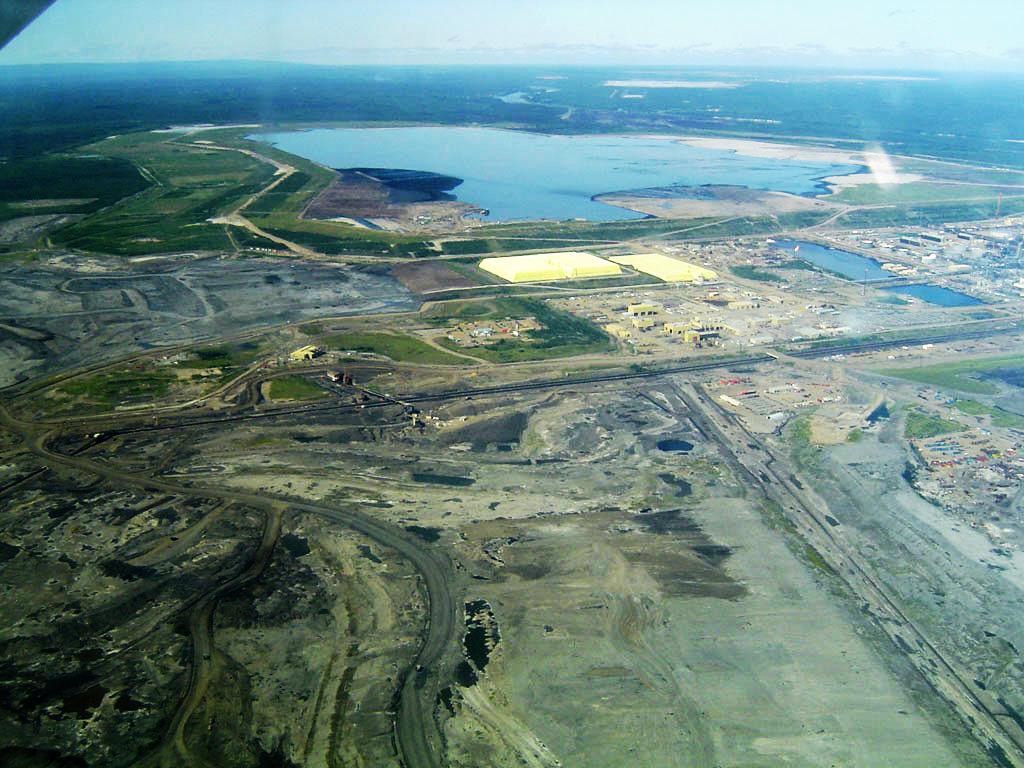Can Alberta’s oil sands balance environmental tradeoffs and economic returns? According to a new study from Alberta Innovates – Energy and Environmental Solutions (AI-EES), there may be a way.
In collaboration with the Energy Resources Conservation Board (ERCB), Alberta Environment and Water (AEW), and nine in situ producers, AI-EES today released the Thermal In-Situ Water Conservation Study summary report, which examines commercial and emerging technologies and their potential for maximizing water recycling and minimizing greenhouse gas (GHG) emissions and waste generation in Alberta oil sands.
“In the context of sustainable development of oil sands in Alberta, water has become an issue of concern,” says Dr. John Zhou, executive director of environmental management with AI-EES and steering committee chair. “Water use and water treatment are closely linked to the energy efficiency of thermal recovery process and the carbon intensity of bitumen from the process.”
The report assesses the impact of increasing water recycling and moving toward zero liquid discharge (ZLD) on energy usage, GHG emissions, and waste generation in thermal in situ production facilities. The study also identifies new water treatment technologies that could balance environmental tradeoffs and economic returns.
One of the key findings of the study is that produced water recycle rates (PWRR) can surpass 90 per cent with existing technologies. Additionally, blowdown evaporation technology, where an evaporator is used on the boiler blowdown, had the best balance of water recycle and GHG emissions.
The participating in situ producers were BP Canada, Canadian Natural Resources Limited Cenovus Energy, Conoco-Phillips, Nexen Inc., PennWest Exploration, Statoil Canada, Suncor Energy, and Total E&P Canada Ltd.









